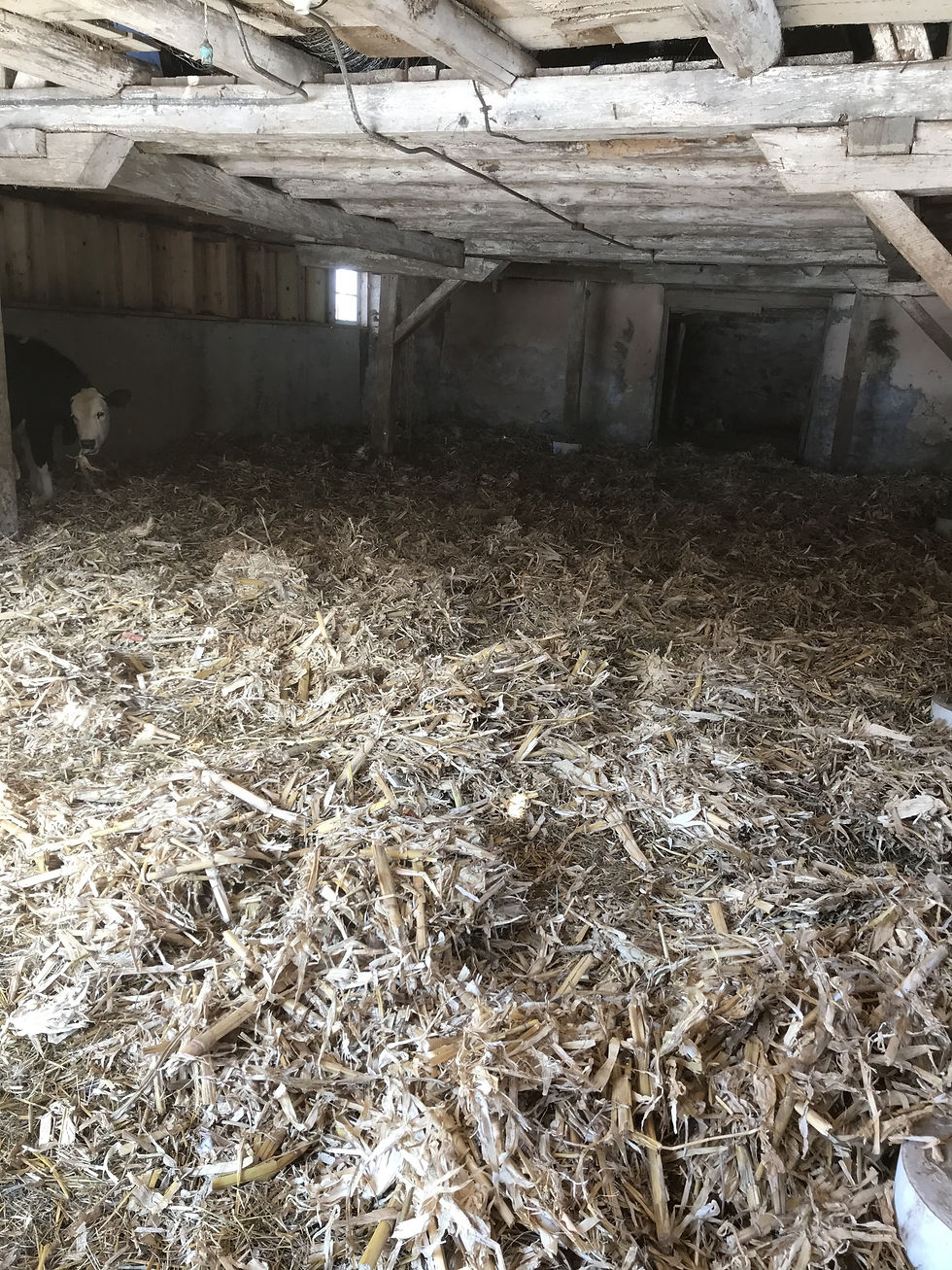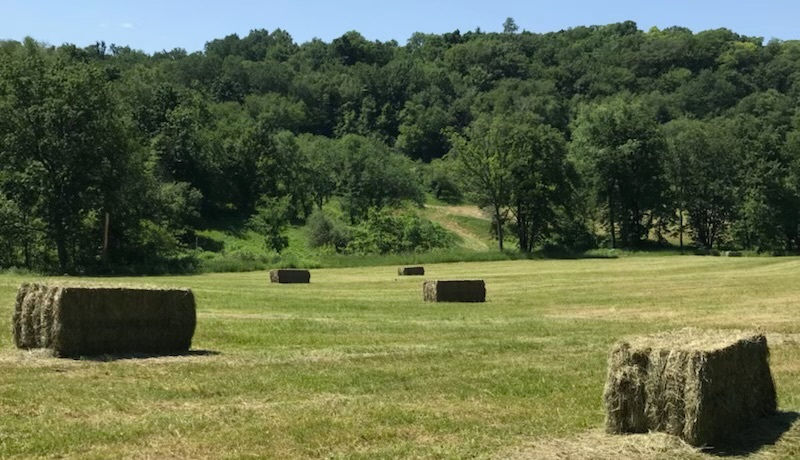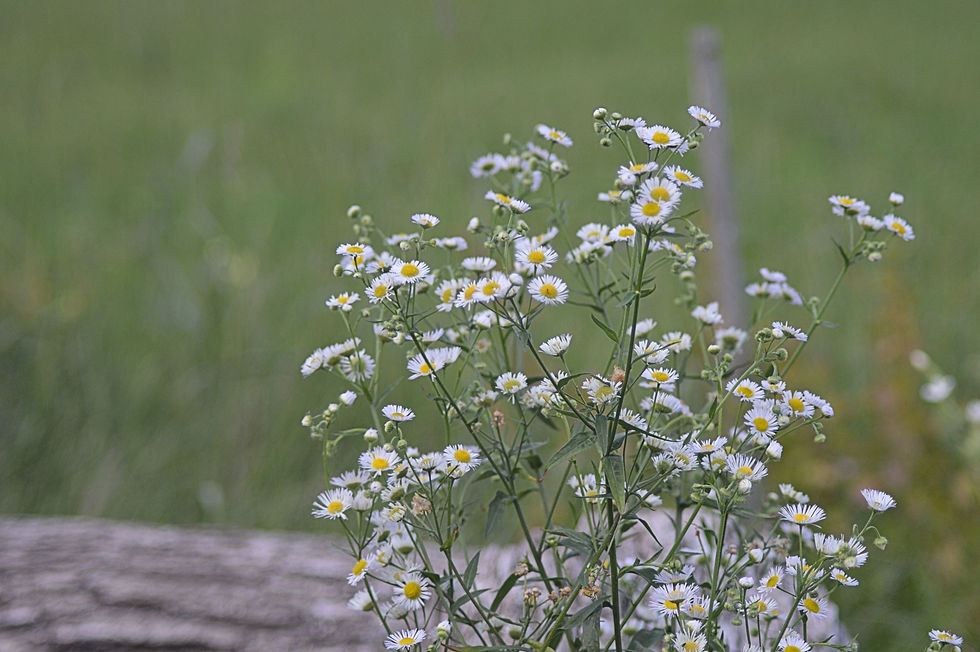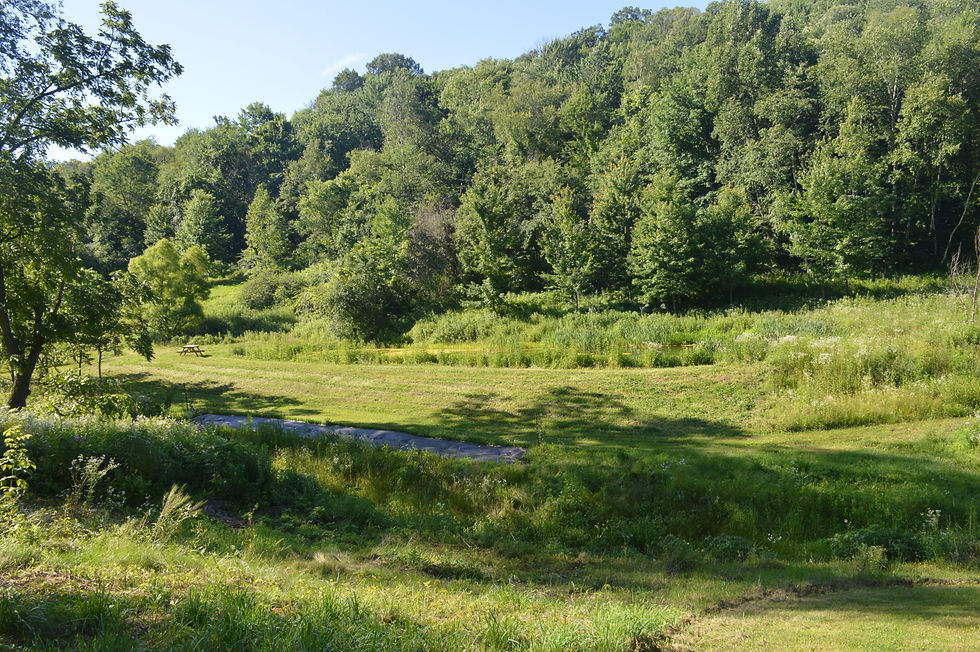Efficiency
- Rebecca Clancy
- Jun 23, 2022
- 5 min read
Updated: Jun 24, 2022

We were spending way too much time and effort on morning chores. It was on account of the livestock. First we had to haul five gallon buckets of water to a rubber trough. We have an artesian spring in the livestock field that was intended to fill an adjacent trough, but the trough was useless. It was hopelessly mired in the mud and corroded through. It didn’t hold water. Hauling water was a major pain. Water is heavy and tends to slosh. There’s a reason that, to punish the Gibeonites, they were made to haul water.
After that it was feeding time, which amounted to bedlam. At the sight of the grain, the goats drove themselves into a frenzy as though they hadn’t eaten for weeks. The strong head butted the weak out of the way, who then circled desperately trying to get in on the action. The steer was left out in the cold. He outweighs the goats by 1,000 pounds but he is slow and no match for them.
The real disaster came next – mucking out the bedding. We hadn’t managed to find the right bedding. With straw you’d have to use several bales to get enough coverage, and it wasn’t even remotely absorbent. Urine puddled beneath it, which then had to be sprinkled with barn lime to neutralize the ammonia, and that only after the straw had been shoveled and lugged to an enormous compost pile. Shavings were a bust – too insubstantial. Youtube was of little help. One videographer raved about pelletized equine bedding. As we slit open the bag we just loved the fresh pine smell, but then you had to add water to it, water that had to be hauled. It did last a few days, but it was not only labor intensive, it was exorbitantly expensive. Morning chores ended in broken spirits.
I called a team meeting. Five heads are better than one, after all. May suggested that we move the livestock to the other barn. We have two barns, both fenced. We had originally designated the one we did for the livestock because it was in better shape. The concrete floor was like new. It had windows. The other barn was pretty run down. The floor was in terrible shape. It had once been concrete but water had been leaking through the foundation for decades, and the concrete was crumbled. It was now more mud than concrete. The Amish installed drain tiles to keep it dry going forward, but the damage was done. There were no windows. I told May we should continue to brainstorm over the next few days. Then a coincidence occurred.
Soren Kierkegaard said that coincidence is the divine incognito. I am not sure that it was God who concerned himself in our quandary, but I do not believe in coincidence. It feels more like mysterious forces are at play.
We were driving through Amish territory en route to purchase our raw dairy products, and I noticed a farm with several rows of round bales of corn fodder. The farmers cut their corn leaving about two feet of stubble. They then make round bales of corn stubble for bedding. It had never occurred to me to use corn stubble for bedding, probably because stores don’t carry it. I knocked on the door to see if the farmer would sell us some. It turned out he sold the bales as a cash crop. He’d not only sell us some, he’d deliver them, which was good since each weighs 1,200 pounds.
We threw about a foot and a half into the rundown barn. It turned out the muddy floor was the perfect understory. It absorbed the urine and kept the bedding dry. Plus the stuff was sturdy. In fact, it was nearly indestructible. The goats were overjoyed with it. They acted as though they’d just learned they were numbered among the sheep. The bedding stayed clean for over a month. After that, we just threw another foot and a half down while the bottom layer composted. The lack of windows was a quick fix. We screwed pallets into the openings. The pallets were better than windows. They kept the sun out while allowing for circulation.
The bedding fiasco was put to rest. We were on a roll. Next we tackled the water fiasco. That was easy enough as it turned out. Using the grapple attachment on the tractor, we pulled the old trough out. We replaced it with a shiny new trough that was constantly replenished by the artesian spring.

The feeding fiasco was resolved by making four or five feeding stations. The goats actually assigned themselves to various feeding stations. We trained the steer to run into the paddock when he saw the grain. This took all of one day. He is slow but not stupid. One day was all that he needed to learn that if he ran into the paddock he could eat in peace.
As an added bonus, once the steer was cornered in the paddock and eating his grain, I could easily spritz him with the elixir I concocted to keep him fly free – cedarwood oil, clove oil, citronella oil, antibacterial dish soap, and water. Not only does this keep him fly free, it makes his coat shiny and clean.
Morning chores became something we actually looked forward to. At the root of our enjoyment was that we were practicing efficiency.
This marked a turning point for us. We examined all of our operations to ascertain whether we were practicing efficiency. Across the board, frustration gave way to a deep sense of fulfillment.
It made me wonder just why it is that practicing efficiency breeds fulfillment. It’s more than the time and effort aspect. Efficiency in itself breeds fulfillment. Reflecting on it, I concluded that it is because practicing efficiency is a virtue. Virtues breed fulfillment – not just efficiency but productivity, industry, cleanliness, patience, generosity, friendliness, respect, self-discipline, enthusiasm, gratitude, etc.
The Ancients knew this. Aristotle believed that virtues – for him the big four were fortitude, temperance, justice, and prudence – were the keys to a happy life. The Ancients debated among themselves how virtues were acquired. Aristotle held out for practice and habit; Plato for inspiration and reason. Our experience proved this to be a false dichotomy. For us it was both. From a Christian perspective, the virtues are endowments from God who made us in his image – acquired through faith and obedience. All I know is that the formula works. Virtues breed fulfillment.
We moved to the farm hoping we could do some good for Creation. We have done some good, I suppose, but it pales compared to how much good Creation has done for us. In this case, it taught us to strive for virtue.
It taught us, too, that it’s ok to do something the wrong way, because doing something the wrong way is often the path to doing something the right way. Permaculture founder Bill Mollison walked that path before us when he wrote, “The problem is the solution.”








Comments